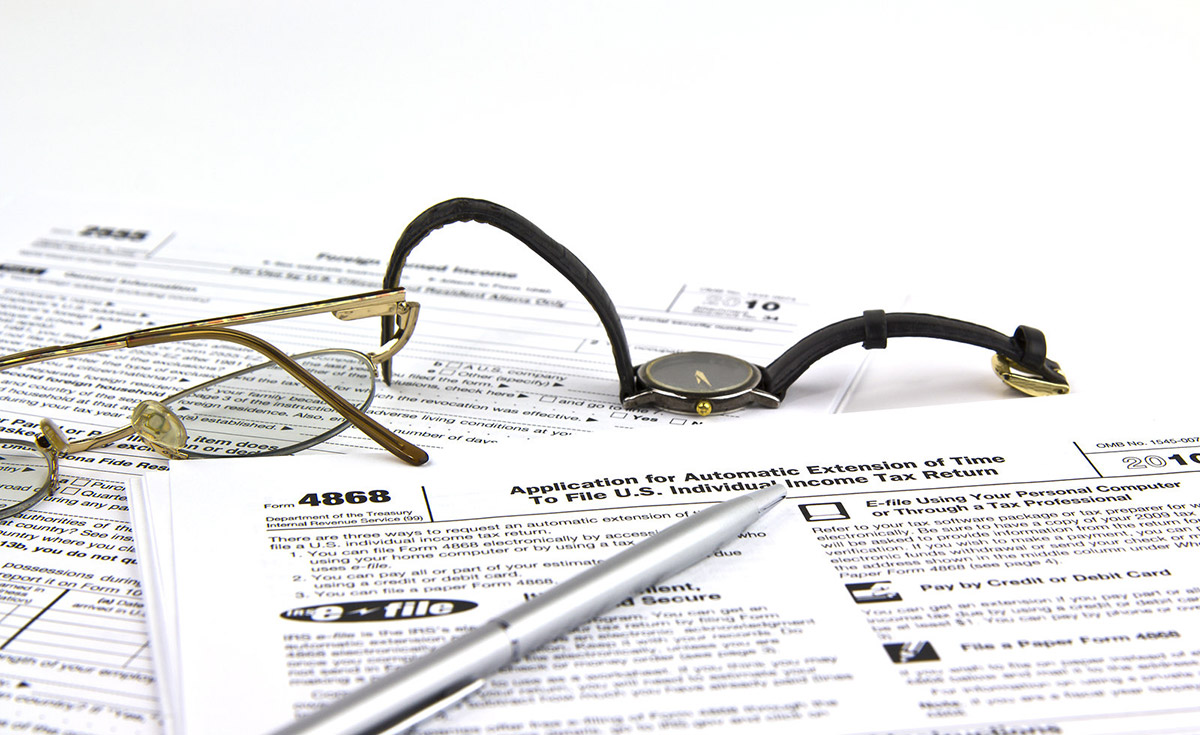
Watching summer transform into beautiful fall colors can be just as mesmerizing as tax planning. Similar to looking closely for gorgeous autumn scenery, with tax planning you’re meticulously on the lookout for opportunities to cut your 2022 taxes.
In this month’s newsletter, read about several planning strategies to consider as time is winding down to implement tax cutting measures for 2022.
Also read about ideas to improve your personal cash flow, the ingredients of a successful business partnership, and valuable FAFSA information.
Please feel free to forward the information to someone who may be interested in a topic and call with any questions you may have.
Still Time to Reduce any Tax Surprises!
Consider conducting a final tax planning review now to see if you can still take actions to minimize your taxes this year. Here are some ideas to get you started.
Review your income.
Begin by determining how your income this year will compare to last year. Since tax rates are the same, this is a good initial indicator of your potential tax obligation. However, if your income is rising, more of your income could be subject to a higher tax rate. This higher income could also trigger phaseouts that will prevent you from taking advantage of certain deductions or tax credits formerly available to you.
Examine life changes.
Review any key events over the past year that may have potential tax implications. Here are some common examples:
- Purchasing or selling a home
- Refinancing or adding a new mortgage
- Getting married or divorced
- Incurring large medical expenses
- Changing jobs
- Welcoming a baby
Identify what tax changes may impact you.
Some of the major changes this year include the lowering of the child tax credit and the lowering of dependent care credit for working couples. This year also marks the first year in the last two with no pandemic related payments. If you think this could impact your situation it may make sense to conduct a tax planning review.
Manage your retirement.
One of the best ways to reduce your taxable income is to use tax beneficial retirement programs. So now is a good time to review your retirement account funding options. If you are not taking full advantage of the accounts available to you, there is still time to make adjustments.
Look into credits.
There are a variety of tax credits available to most taxpayers. Spend some time reviewing the most common ones to ensure your tax plan takes advantage of them. Here are some worth reviewing:
- Child Tax Credit
- Earned Income Tax Credit
- Premium Tax Credit
- Adoption Credit
- Elderly and Disabled Credit Educational Credits (Lifetime Learning Credit and American Opportunity Tax Credit)
Avoid surprises.
Your goal right now is to try and avoid any unwanted surprises when you file your tax return. It’s also better to identify the need for a review now versus at the end of the year when time is running out. And remember, you are not required to be a tax expert. Use the tips here to determine if a review of your situation is warranted.
Upcoming Dates 
October 17
– Filing deadline for extended 2021 individual and C corporation tax returns
Maximize Your College Financial Aid With These FAFSA Tips
A brand new Free Application for Federal Student Aid (FAFSA) made its debut on October 1st, featuring 60% fewer questions and a host of other changes that aim to increase the likelihood that you can qualify for financial aid.
As you prepare to complete this year’s application, here are some tips to maximize your FAFSA eligibility for financial aid.
File the FAFSA early.
More than a dozen states award financial aid on a first-come, first-serve basis. Students who file the FAFSA in October tend to get more than twice as much grant aid on average as students who file the FAFSA later. Even better, by completing the FAFSA early you can time your financial requests to colleges with their varied due dates.
Minimize income in the base year.
2021 is the base tax year when filling out the FAFSA for the 2023-2024 school year. If you’ve already filed your 2021 tax return, consider filing an amended Form 1040 if there were deductions you may have overlooked that could reduce your income. Otherwise, file this knowledge away to best position your income for future years.
Reduce the amount of reportable assets.
While assets aren’t weighted as heavily as income on the FAFSA, they could still affect overall financial aid eligibility. To decrease the amount of reportable assets, consider using cash in your bank accounts to pay down unsecured debt such as credit cards and auto loans, or maximizing retirement plan contributions. Keep in mind that certain assets aren’t considered when determining financial aid eligibility. This includes the home you live in, the value of life insurance, and most retirement plans.
Use 529 plans wisely.
529 plan owners will impact how the funds are reported on the FAFSA. If the account owner is a grandparent or relative, the funds are not counted on the FAFSA until the money is used. So timing the use of these funds is important. And remember if the account owner is a parent or the student, the balance of 529 plans is considered an asset of the parent on the FAFSA.
Spend a student’s money first.
If a student does have cash saved or other assets, consider withdrawing money from student assets first before touching parent assets, since student assets are assessed at a higher rate than parent assets.
Plan for the American Opportunity Tax Credit (AOTC).
If your family is eligible for the AOTC, try spending up to $4,000 in tuition and textbook expenses using cash. The AOTC’s maximum tax credit of $4,000 will be worth more dollar-for-dollar rather than using a $4,000 tax-free distribution from a 529 plan.

Ideas to Improve Your Personal Cash Flow
One of the most common reasons businesses fail is due to lack of proper cash flow. The same is often true in many households. Here’s how this concept of cash flow applies to you along with some ideas to improve it.
Cash flow defined
Cash flow equals cash coming in (wages, interest, Social Security benefits) and cash going out in the bills you pay and money you spend. If more is coming in than going out, you have positive cash flow. If the opposite is true, you have negative cash flow. Unfortunately, calculating and forecasting cash flow can get complicated. Some bills are due weekly, others monthly. A few larger bills may need to be paid quarterly or annually.
Create your cash flow snapshot
Before improving your cash flow, you need to be able to visualize it. While there are software tools to generate a statement of cash flow, you can also take a snapshot of your cash flow by creating a simple monthly spreadsheet:
- Type each month across the top of the spreadsheet with an annual total.
- Note all your revenue (cash inflows), then create a list of expenses (cash outflows) in the left-hand column.
- Enter your income and bills by month. Create a monthly subtotal of all your inflows. Do the same for your cash outflows. Then subtract the expenses from income. Positive numbers? You have positive cash flow. Negative numbers? You have negative cash flow.
- Create a cumulative total for the year under each month to see which months will need additional funds and which months will have excess funds.
Ideas to improve your cash flow
Identify your challenges.
See if you have months where more cash is going out than is coming in to your bank account. This often happens when large bills are due. If possible, try to balance these known high- expense months throughout the course of the year. Common causes are:
- Holidays
- Property tax payments
- Car and homeowners insurance
- Income tax payments
- Vacations
Build a reserve.
If you know there are challenging months, project how much additional cash you will need and begin to save for this in positive cash months.
Cut back on annuities.
See what monthly expense drivers are in your life. Can any of them be reduced? Can you live with fewer cell phone add- ons? How about cutting costs in your cable bill? Is it time for an insurance review?
Shop your current services.
Some of your larger bills may create an opportunity for savings. This is especially true with home and car insurance.
Create savings habits to add to cash flow.
Consider paying a bill to yourself in your cash outflows. This saved money is a simple technique to create positive cash flow each month to build an emergency reserve.




